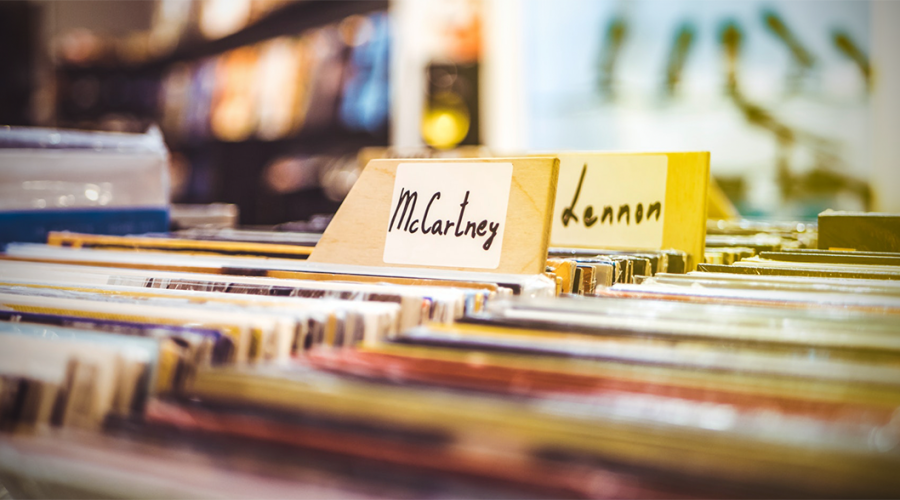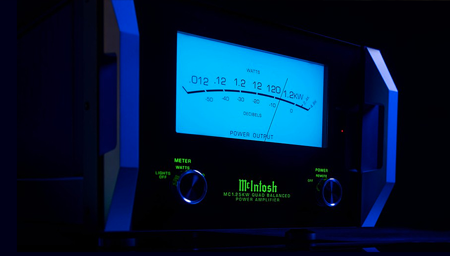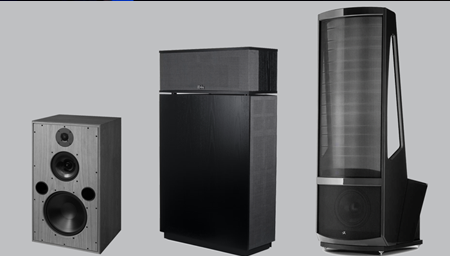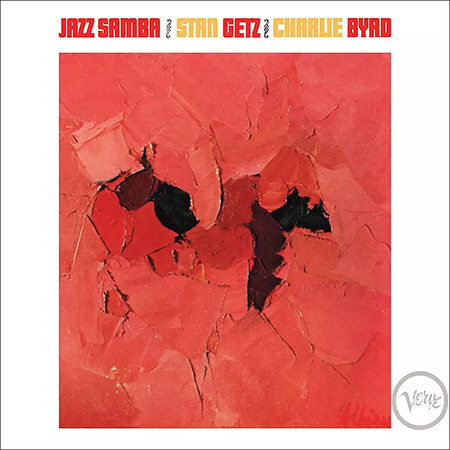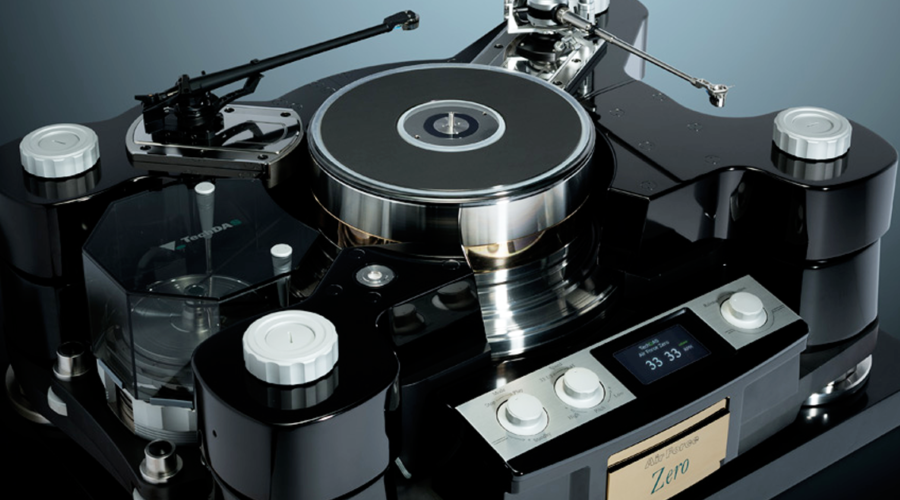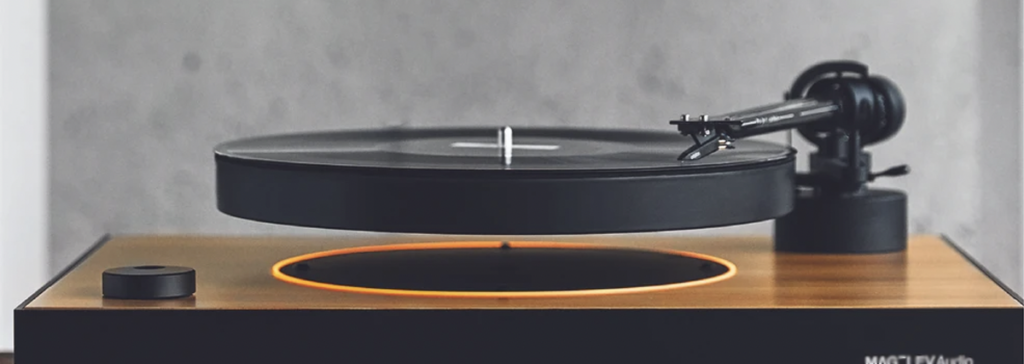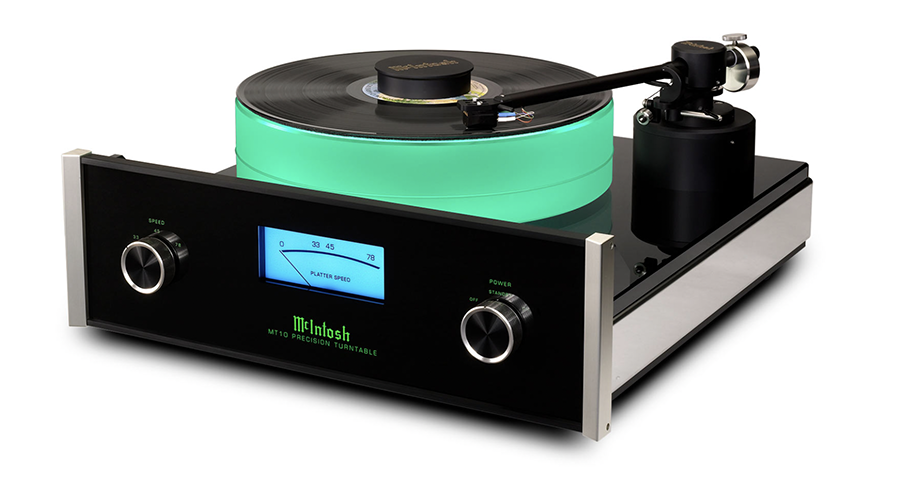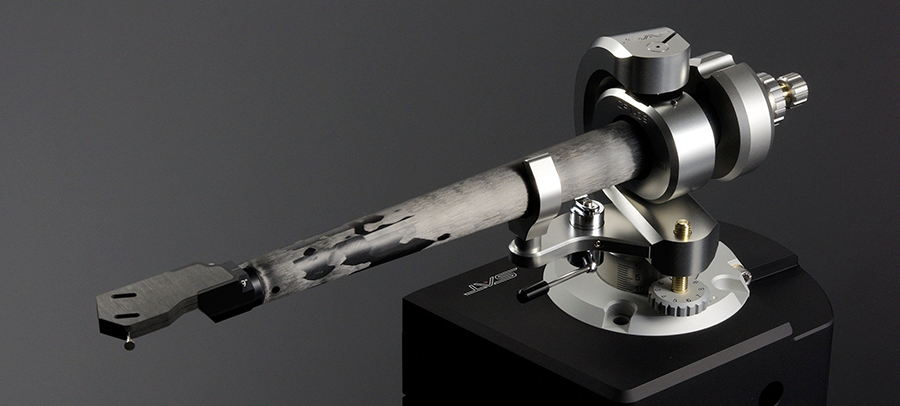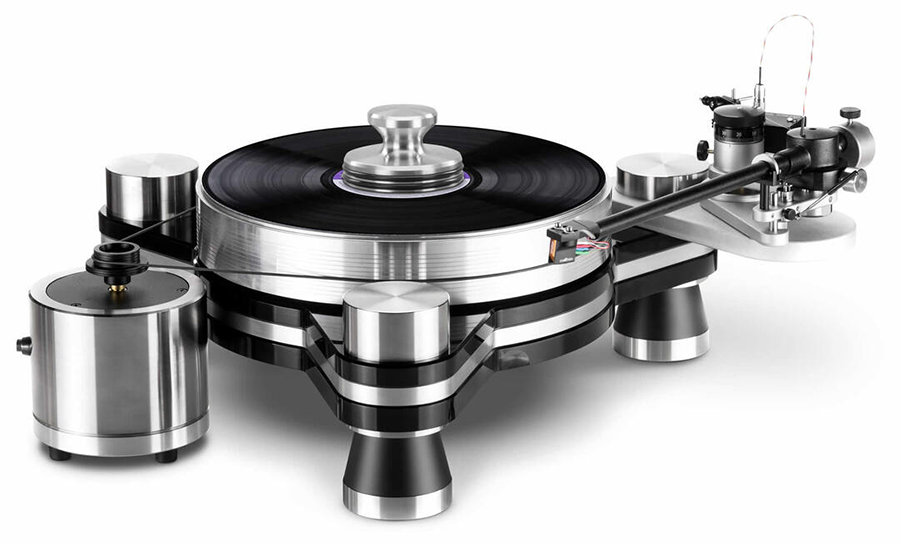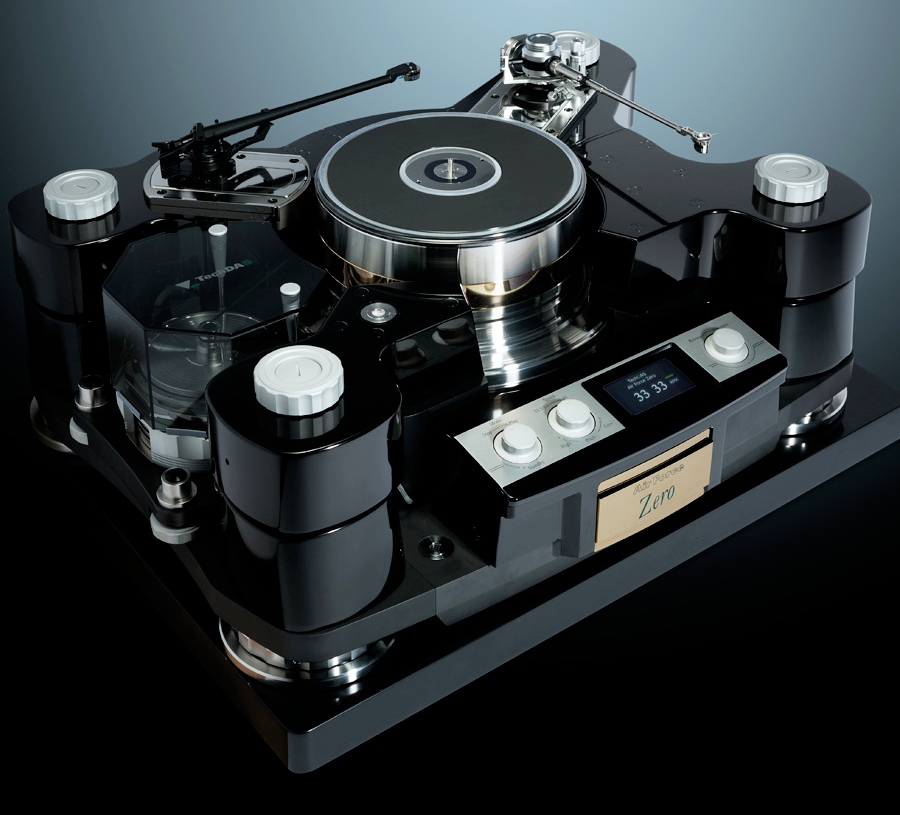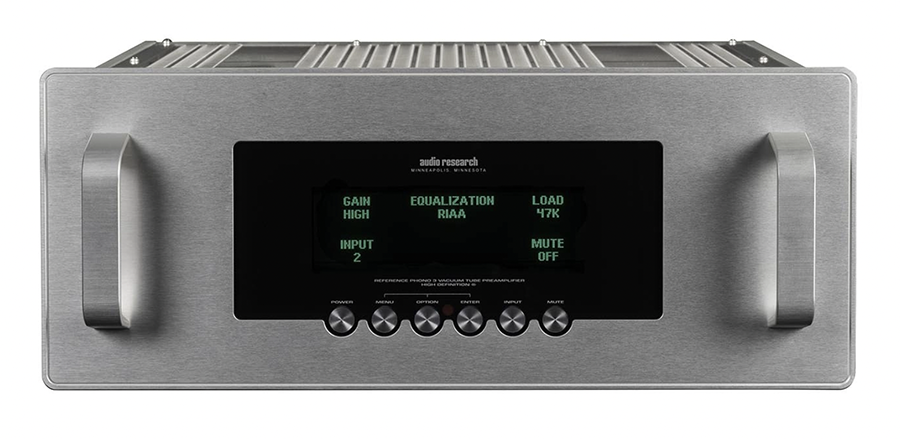Where to Begin Your Vinyl Adventure
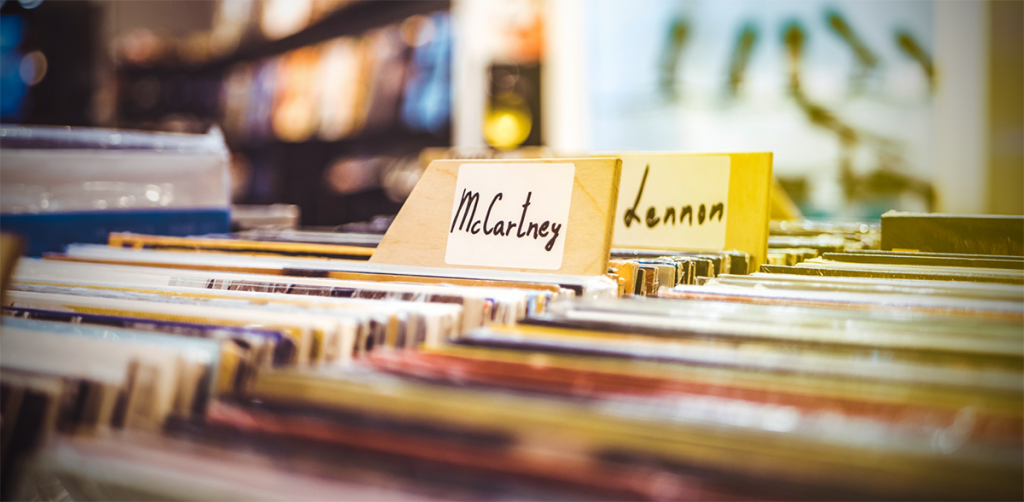
Where to Begin Your Vinyl Adventure
Supply chain issues have made starting a record collection a challenge, but there are still treasures to be found
by Tom Methans
July 8, 2022
So your new turntable is on its way, and you’re ready to buy records. You might even have a list of landmark albums many other collectors tend to buy: Tres Hombres by ZZ Top, Bach cello suites by Janos Starker, Texas Flood by Stevie Ray Vaughn, as well as some oldies by James Brown or the Three Kings (B.B., Freddie, and Albert). But any one of them could be out of stock, awaiting repress, or back-ordered with no definite production or ship dates. While it is possible to reserve copies, people have waited many months to receive orders.
It wasn’t always like this. Before COVID, albums were plentiful, with more high-grade records pressed on heavy-weight vinyl, double 45-RPM albums, and proprietary technologies like SuperVinyl, Ultradisc One-Step, and UHQR (Ultra High-Quality Record). Pressing plants are now straining to meet the worldwide demand even with independent outlets doing their best to produce new records.
A few years ago in Detroit, Jack White of the White Stripes started a record press, Third Man Records, to press alternative music, but they’re struggling to release a new punk record within one year due to backlogs. White appealed recently to the last remaining major labels to reopen their own plants, but this is a major undertaking that requires specialized machinery and staffing. The final blow to the industry was a fire at Apollo Masters in California, which manufactured the first step in the physical process of record production, leaving only one other such facility in Japan. The brick & mortar record store, a fixture that once dotted Main Street in every town, is accessible only to a lucky few. Thankfully, there are plenty of great online shops only a click away:
If one of the resources above doesn’t have everything on your wish list, it’s an excuse to try unfamiliar music, bands, and records when you go virtual crate-digging. Keep in mind that high-quality music can be found on a record priced $30 or a limited-release copy for $125. Both are physical media made by human hands and vulnerable to the same flaws:
- scratches & scuffs
- noise, even after a thorough cleaning
- off-center spindle holes
- imbedded debris
- the age-old problem of warps
New records are less fraught with these issues than vintage ones and usually can be returned or replaced easily. This brings us to collecting used records. Unless you have a second turntable for testing old vinyl before playing it on your premier turntable, I recommend buying new and only playing those after a proper wash to remove dust, fibers, and residue leftover from the pressing plant.
However, exploring vintage records provides an unrivaled dive into a treasure trove of forgotten music. Dusty bins at the used-record store can contain discontinued pressings of popular albums such as Rolling Stones’ Some Girls, featuring its original cover of images of Hollywood starlets used without their permission. Other records are deemed unworthy of reissuing and are thus lost to history until someone rediscovers them. Collecting old vinyl is a unique process, but that’s a discussion for another time.
Tom Methans is a writer based in New York. As a Fulbright Scholar, he traveled all over Germany to see heavy metal bands before receiving his Master’s in Library and Information Science. He followed that with a 20-year career in the wine industry and now writes about music and audio equipment for Copper Magazine. When not watching 1970s movies, Tom listens to records on his vintage Japanese turntable.
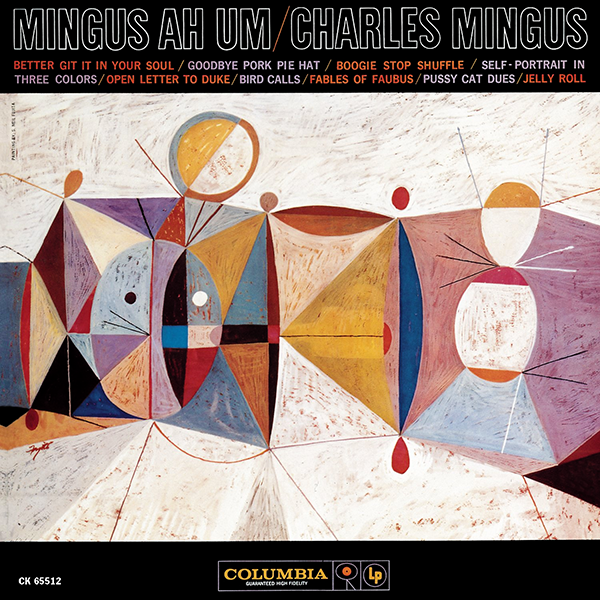
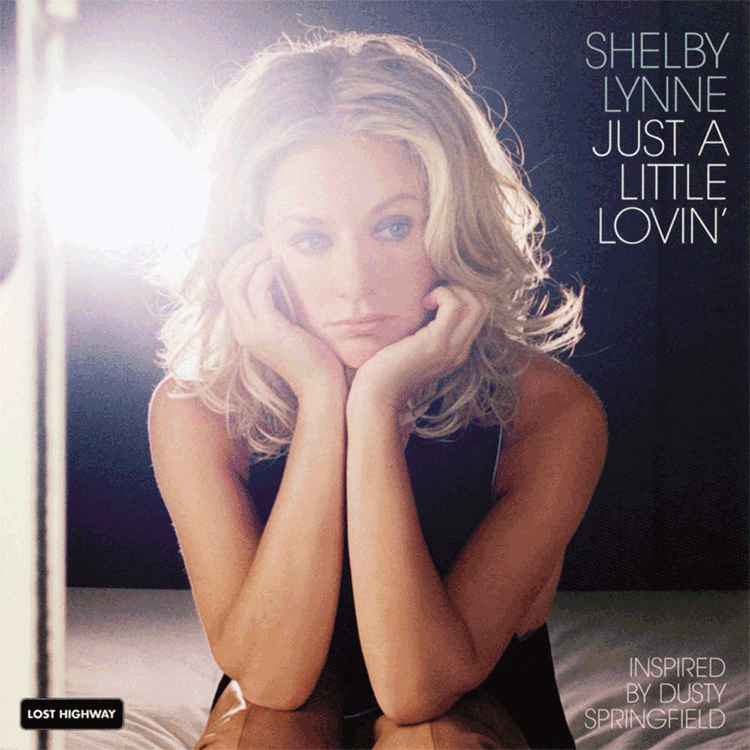
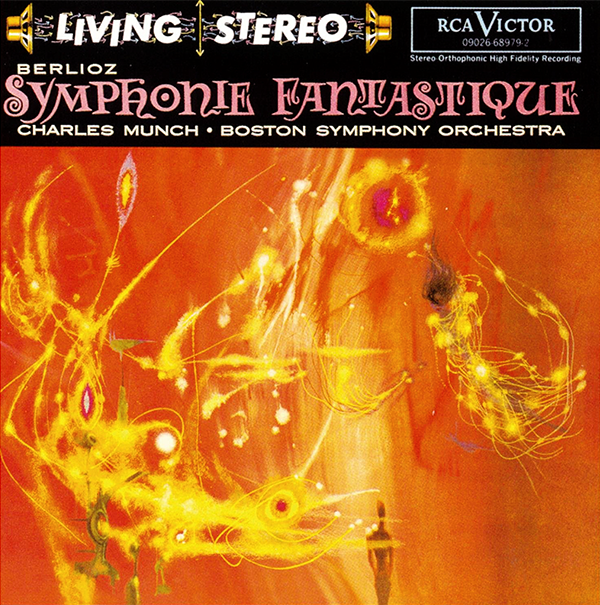
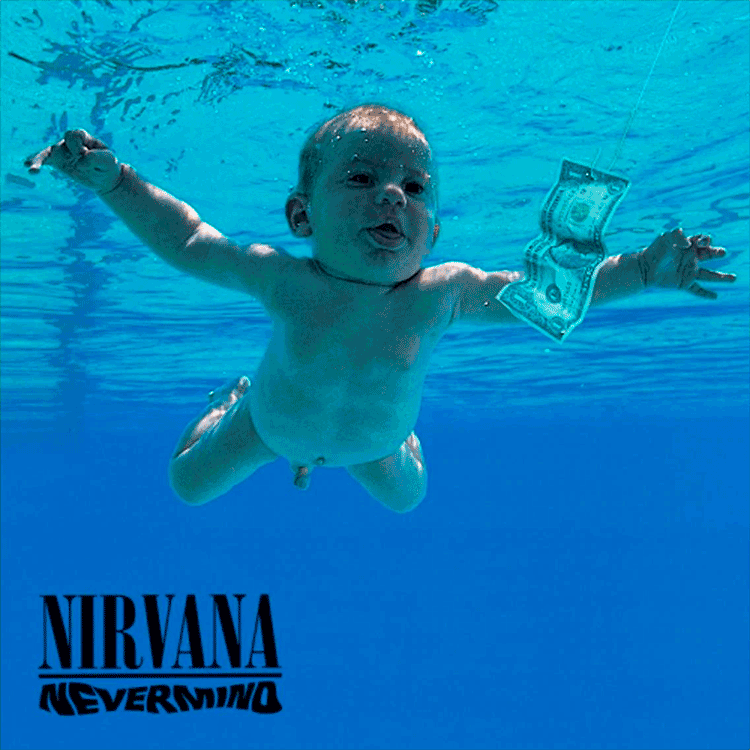
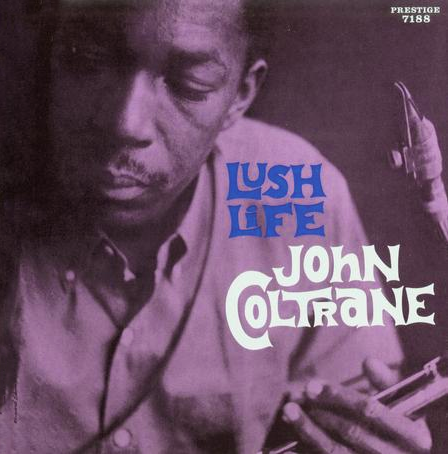
© 2025 Cineluxe LLC
